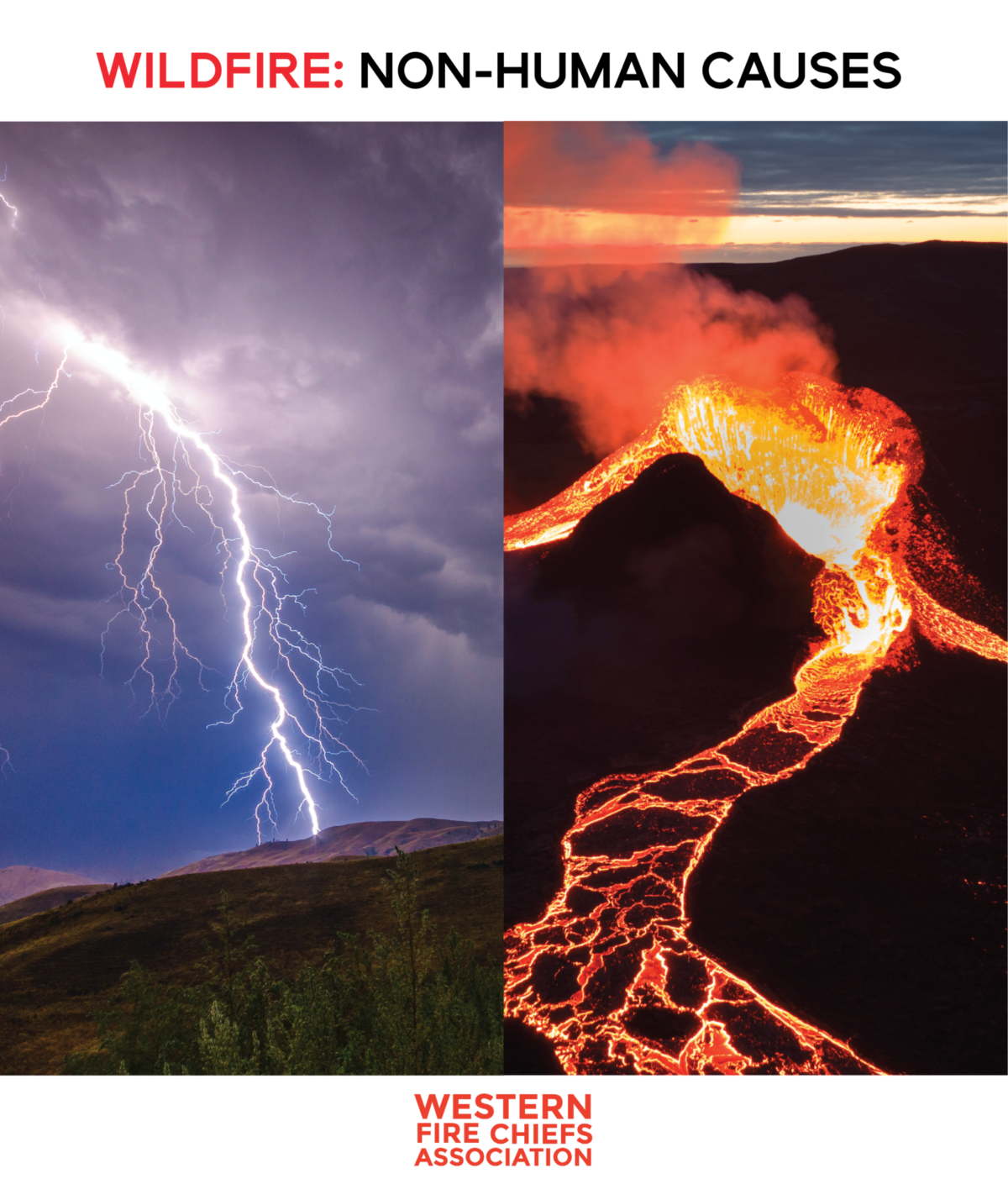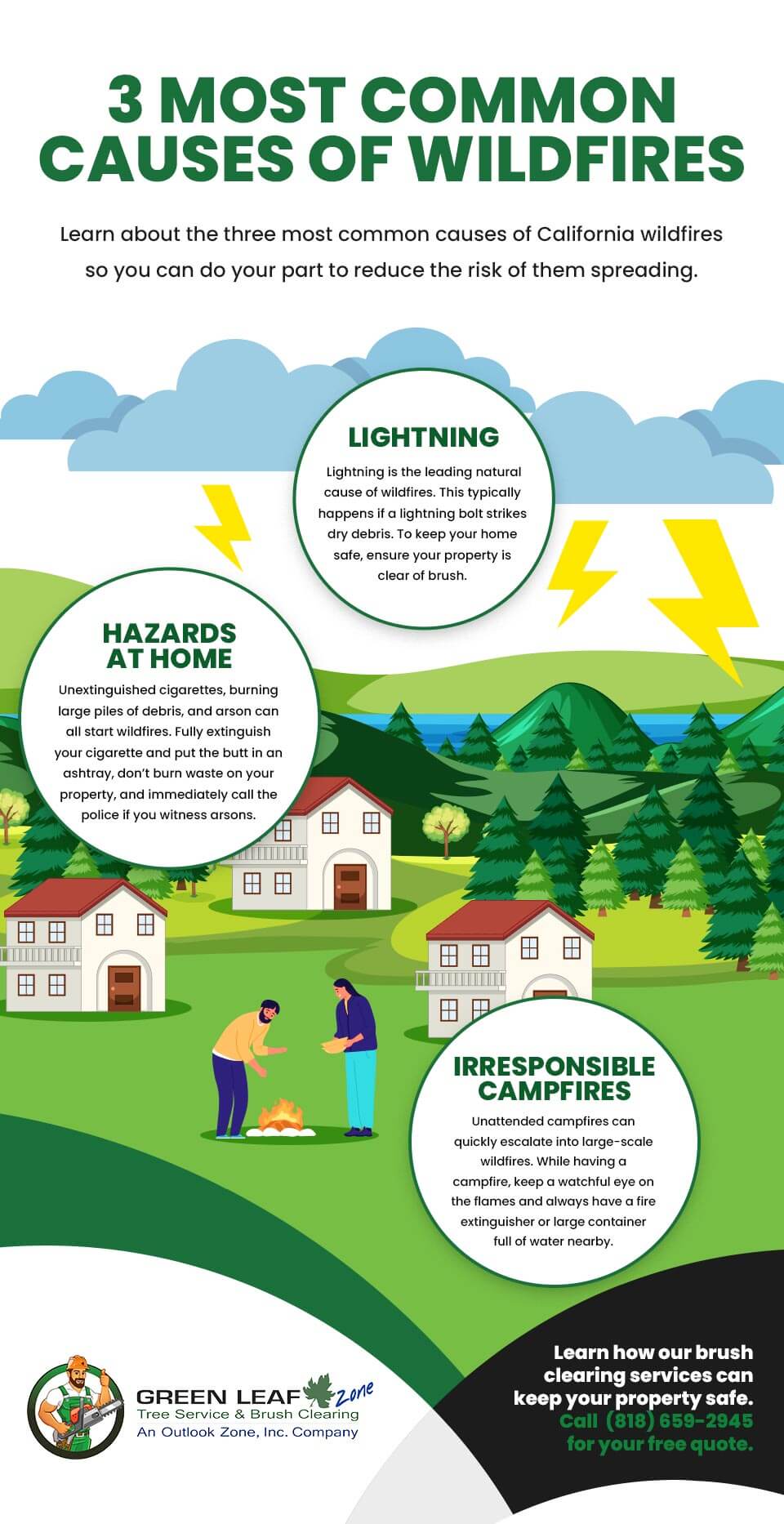Reference




OpenAI's Answer
Lightning is a significant cause of wildfires, especially in certain areas, due to several factors:
-
Remote Regions: Lightning often strikes in remote areas that are difficult to access, making immediate firefighting efforts challenging. This can allow fires to spread more extensively before they are contained.
-
Dry Conditions: Lightning is most effective at starting fires in regions experiencing dry conditions. The combination of electrical discharge and dry vegetation forms the perfect condition for ignition.
-
Climate Change: Climate warming is increasing the frequency and intensity of lightning. This leads to more frequent instances of lightning-induced wildfires, particularly in boreal forests, which are crucial for carbon storage source.
-
Intensity and Size: Lightning-caused fires tend to be larger and more intense than those sparked by human activities. This is because they can occur during periods of extreme fuel dryness and in regions less affected by human conservation efforts source.
-
Increased Frequency: With climate change, episodes of weather that encourage fire spread are becoming more frequent and intense, contributing to an increase in lightning-sparked wildfires source.
These factors make lightning a particularly dangerous natural trigger for wildfires in susceptible regions.

Follow Up
Related
A continuación resolver las Preguntas por Actua como ingeniero ambiental senior, y tratemos de a
Elabora una tabla comparativa, con cuatro columnas (autor, personajes, estilos de narración y elemen
What are some significant geographical features and protected areas in Colorado?
How did the Cross Country Ski Areas Association (CCSAA) start?
What is the land area of the urban area of Raleigh, NC?